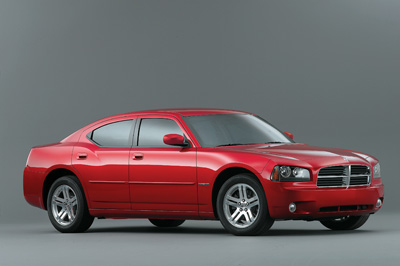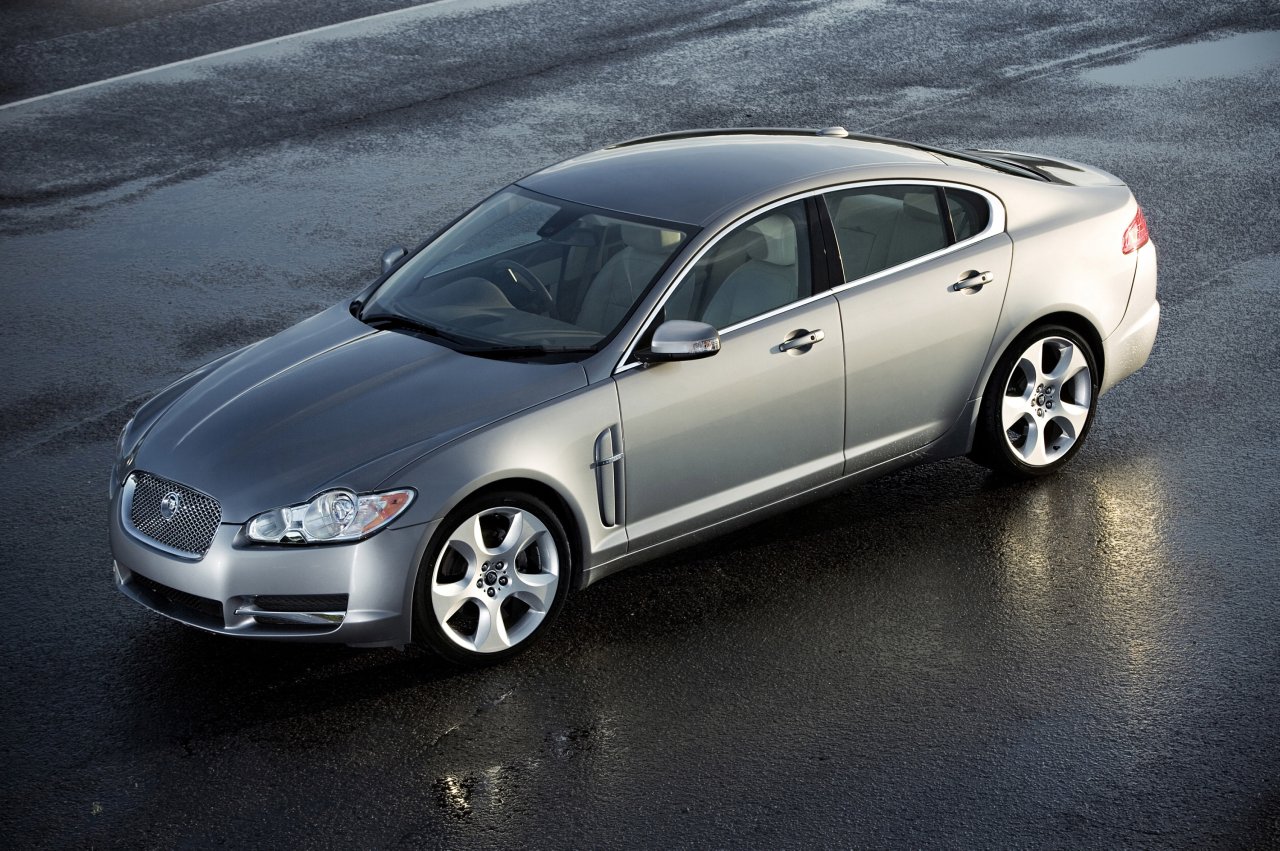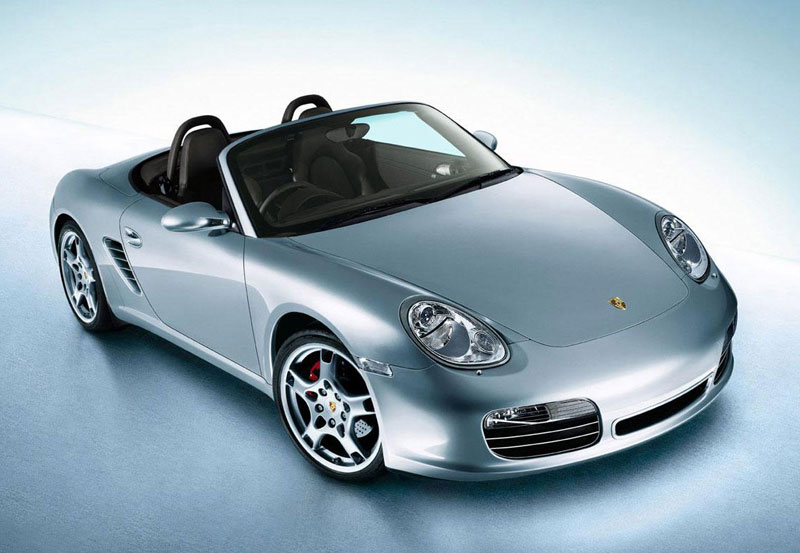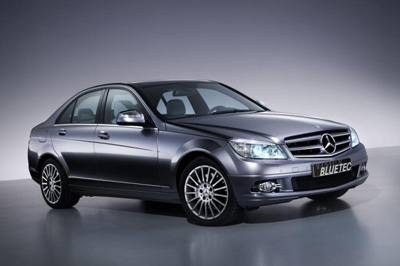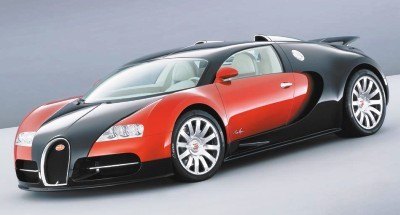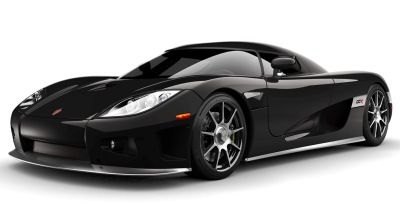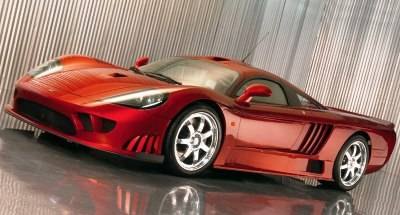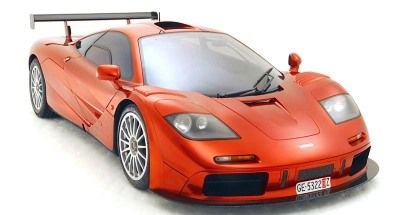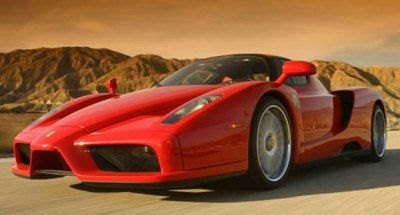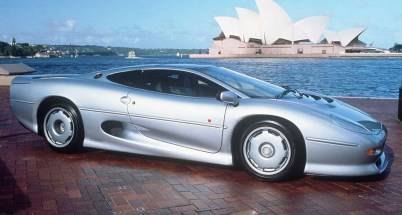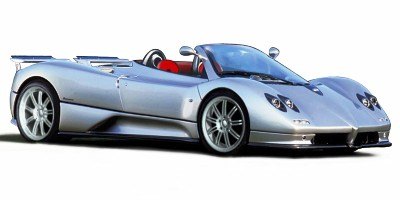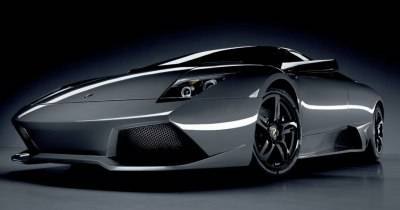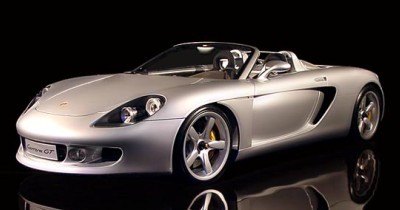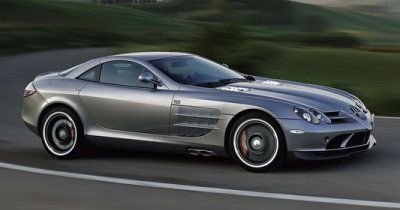 Mitsubishi Press Release: Mitsubishi Motors North America, Inc., (MMNA) is giving its "attainable exotic" Eclipse Spyder a deeper sound, a bit more power and new safety features for 2009. Restyled front and rear bumper fascias distinguish the Eclipse Spyder models for 2009. With the freshened styling comes a deeper "voice" from a new dual exhaust system for the V6-powered Eclipse GT Spyder. The more powerful sound is accompanied by a minor boost in horsepower to 265 (up from 260). The Eclipse Spyder GT also gains standard high intensity discharge (HID) head lamps for 2009, further sharpening front styling while aiding nighttime visibility. Already equipped with a full array of proven safety technology, the Eclipse GT for 2009 gains Active Stability Control (ASC) as standard equipment.
Mitsubishi Press Release: Mitsubishi Motors North America, Inc., (MMNA) is giving its "attainable exotic" Eclipse Spyder a deeper sound, a bit more power and new safety features for 2009. Restyled front and rear bumper fascias distinguish the Eclipse Spyder models for 2009. With the freshened styling comes a deeper "voice" from a new dual exhaust system for the V6-powered Eclipse GT Spyder. The more powerful sound is accompanied by a minor boost in horsepower to 265 (up from 260). The Eclipse Spyder GT also gains standard high intensity discharge (HID) head lamps for 2009, further sharpening front styling while aiding nighttime visibility. Already equipped with a full array of proven safety technology, the Eclipse GT for 2009 gains Active Stability Control (ASC) as standard equipment.
The Eclipse Spyder continues to win over customers with its unique combination of striking design, thrilling performance, high-quality convertible top and excellent value. Sales of the Spyder increased by 8% in 2007 over 2006. Newly styled single-color front and rear bumper fascias lend a more defined appearance to the 4-cylinder Eclipse Spyder GS, model while the new two-tone bumper fascias for the GT model further emphasize its road-hungry stance.
The Eclipse Spyder echoes the concept-car design of its coupe sibling with sleek, taut, muscular lines and engaging details. The "attainable exotic" design of the fourth-generation Eclipse is further underscored for 2009 by the availability of three new colors, Maizen Blue pearl, Quick Silver metallic and Solar, a vibrant new yellow. Inside, all Eclipse models feature new interior cloth fabrics for a richer feel and appearance.
Two Levels of Spyder Performance
The Eclipse Spyder is offered in two trim levels. The GS model is powered by a 162-hp 2.4-liter 4-cylinder engine teamed with a 5-speed manual transmission. A 4-speed automatic transmission is available as an option. The Eclipse Spyder GT challenges more expensive sports cars with its 265-horsepower, 3.8-liter V-6 engine teamed with a standard 6-speed manual transmission or an optional 5-speed automatic.
The GT's 260 lb.-ft. of peak torque gives this model immediate and forceful off-the-line response. With the standard 6-speed manual transmission, the Spyder GT can accelerate from zero to 60 mph in about seven seconds. Both Eclipse automatic transmissions feature Sportronic™ console shifters to allow manual gear shift control for a more engaging driving experience. The 4-cylinder and V-6 Eclipse Spyder engines both feature the Mitsubishi Innovative Valve Timing Electronic Control (MIVEC) system to help optimize engine efficiency and power across a broad engine speed range.
Rigid Body Structure, Sporty Chassis

Mitsubishi engineered the Eclipse platform to be built as a coupe or convertible. The rigid platform enables the four-wheel independent suspension to give the Eclipse Spyder both sporty road manners and a compliant, comfortable ride.
The multi-link rear suspension uses either a 20-mm (GS) or 21-mm (GT) stabilizer bar. Commensurate with its higher performance potential, the Spyder GT also uses larger ventilated rear disc brakes in place of the GS model's solid rear brake discs. The GS model is equipped as standard with 17-inch alloy wheels and 225/50R17 V-rated all-season tires; the GT model gets standard 18-inch alloy wheels, fitted with 235/45R18 V-rated all-season tires.
Exotic-Inspired, Internationally Praised Design
The Eclipse Spyder convincingly distinguishes itself from traditional, conservative or retro styling seen on some convertible sport models. With athletic fender arches, a wind tunnel-inspired front fascia and integrated rear lip spoiler, Eclipse Spyder carves out its own unique style.
Where the designs of other sport coupes and convertibles might attract attention for a brief time and then fade, the Eclipse design was recognized for its potential to endure. The Eclipse Spyder was one of two production cars to receive the GOOD DESIGN award from the renowned Chicago Athenaeum: Museum of Architecture and Design in 2006, its debut year. (The other was the BMW Z4 coupe.) An international jury selected entries in 18 categories from 25 countries.
Premium Automatic Top
Perhaps most impressive about the Eclipse Spyder's automatic top is that it folds completely out of sight under a flush-fitting powered tonneau cover in about 19 seconds. When raised, the top design gives the Eclipse a distinctive "chopped" speedster appearance. The Spyder's top is made of cloth, compared to vinyl used on some cars in this price segment. Its advanced multi-layer construction includes a full headliner to provide the quiet, snug interior feeling of a coupe when it is raised. The top is designed to resist "ballooning" at highway speed, and the glass rear window features a defroster.
Interior Designed to be Seen
 Convertible owners expect interior styling to be attractive in its own right - something to enhance pride of ownership when driving top-down. To that end, the Eclipse Spyder's "attainable exotic" design theme continues inside. The wave-form instrument panel houses easy-to-reach controls and features distinctive motorcycle-inspired gauges and ice-blue nighttime illumination. The customer can choose from three available color schemes: Techno-Sport (charcoal), Hi-Q Sport (medium gray) and Avante Garde (terra cotta). The interior leather-wrapped steering wheel features audio system remote controls. High-back front bucket seats use open headrests for a sporty look and enhanced rear visibility.
Convertible owners expect interior styling to be attractive in its own right - something to enhance pride of ownership when driving top-down. To that end, the Eclipse Spyder's "attainable exotic" design theme continues inside. The wave-form instrument panel houses easy-to-reach controls and features distinctive motorcycle-inspired gauges and ice-blue nighttime illumination. The customer can choose from three available color schemes: Techno-Sport (charcoal), Hi-Q Sport (medium gray) and Avante Garde (terra cotta). The interior leather-wrapped steering wheel features audio system remote controls. High-back front bucket seats use open headrests for a sporty look and enhanced rear visibility.
High-Power Music Machine
Both Eclipse Spyder models feature as standard a 650-watt (max.) Rockford-Fosgate Premium Audio system with a 6-disc, in-dash CD changer that can play MP3 CDs, plus SIRIUS® Satellite Radio with a 6-month pre-paid subscription. The audio system is specifically tuned for the Eclipse Spyder and provides automatic sound equalization for top-up or top-down driving. An eight-inch subwoofer is integrated into the rear seat area as a design element.
The PUNCH® control and Digital Signal Processor (DSP) give the user total control over the subwoofer's "punch" level and provide custom music-genre equalization as well as sound field image settings, including: Normal, Stage, Live and Hall. A DSP sound setting memory function allows users to configure all eight DSP settings and save them in six preset locations for favorite CDs, artists, or music genres.
Mitsubishi Value
On both the Eclipse Spyder GS and GT models, the long list of standard equipment includes advanced dual-stage front air bags and seat-mounted side air bags, an anti-lock braking system (ABS) with electronic brake-force distribution (EBD), air conditioning, the 650-watt (max.) Rockford-Fosgate audio system with SIRIUS Satellite Radio, cruise control, engine immobilizer, fog lamps, keyless entry and power windows, locks and mirrors.
In addition to GS-level equipment, the V-6-powered Eclipse Spyder GT features Active Stability Control (ASC), high intensity discharge (HID) head lamps, 18-inch alloy wheels, electronic traction control and a standard outside temperature and compass display.
The Eclipse GS and GT models each offer an option package that enhances interior comfort. The Leather Package for the Spyder GS combines leather seating surfaces, heated front seats and heated exterior mirrors, along with the outside temperature and compass displays that are standard on the GT.
The Eclipse Spyder GT's optional Premium Sport Package lives up to its billing by equipping this model with a 6-way power driver's seat, leather seating surfaces, heated front seats, heated exterior mirrors, automatic climate control system, aluminum pedals, and a machined wheel finish.
The Eclipse coupe and Eclipse Spyder, along with the Galant midsize sedans and the Endeavor crossover SUV, are all built in the Mitsubishi manufacturing plant in Normal, Ill. One of the industry's most flexible assembly plants, the Mitsubishi manufacturing facility is proudly celebrating its 20th anniversary of vehicle production in 2008.
Premium Warranty
Mitsubishi cars, sport utility vehicles and pickup trucks are backed by comprehensive new vehicle limited warranties. Mitsubishi Eclipse, Lancer, Galant, Endeavor and Outlander vehicles come with a 10-year/100,000 mile powertrain limited warranty; along with a 5-year/60,000 mile bumper to bumper new vehicle limited warranty. The high-performance Lancer Evolution is covered by a 5-year, 60,000 mile powertrain limited warranty, along with a 3-year/36,000 mile bumper to bumper new vehicle limited warranty.
Mitsubishi pickup trucks are covered by a 5-year/60,000 mile bumper to bumper new vehicle limited warranty that also includes powertrain components.


.jpg)
.jpg)
